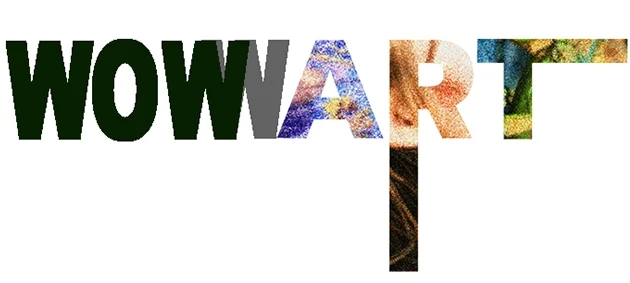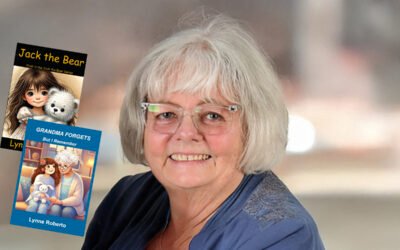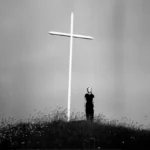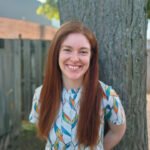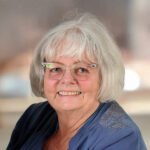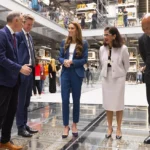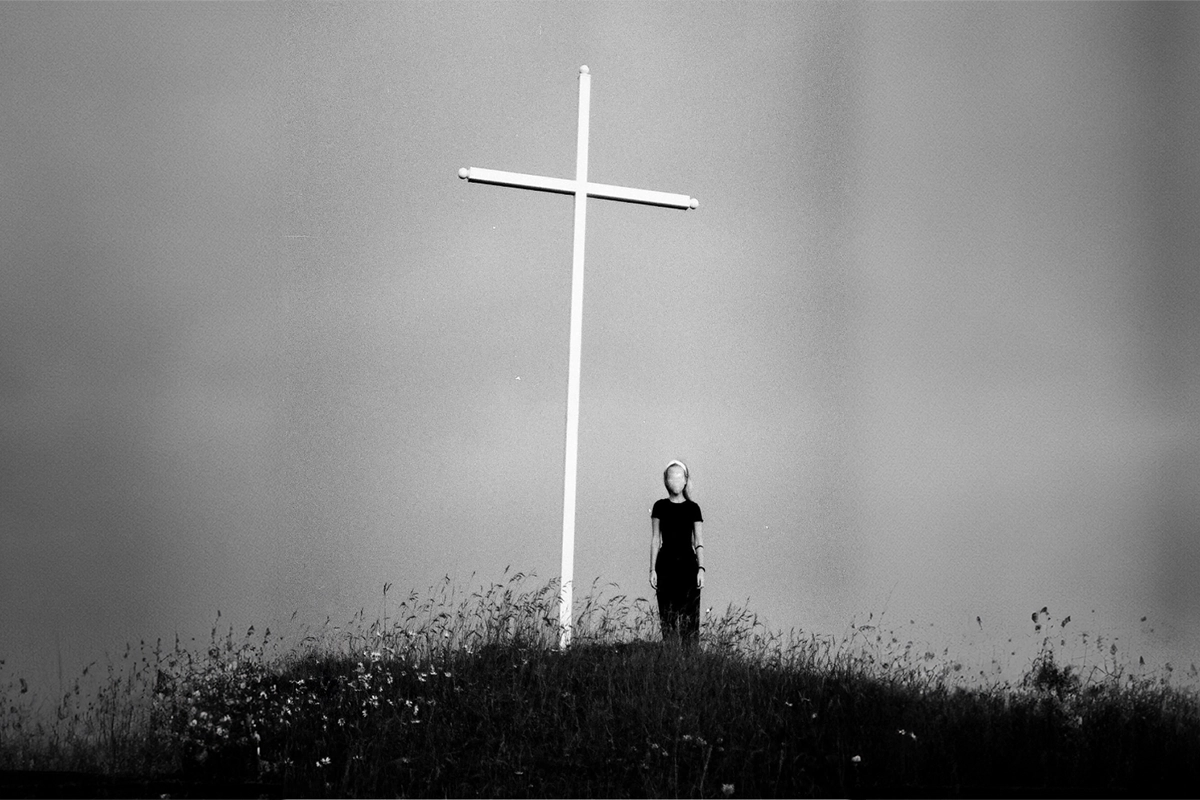SaraNoa Mark Explores Memory And Time Through The Language Of Materials

Photo: SaraNoa Mark, Prayer for Rain, carved clay, collected water, and aluminum. This contemplative piece, captured by Gina Clyne, evokes themes of ritual, memory, and humanity’s relationship with nature.
Carving Time And Memory Into Stone, Water, And Community
SaraNoa Mark’s work examines memory through materials like stone and water, blending history, oral storytelling, and site-specific installations into profound explorations of time, permanence, and collective experience.
SaraNoa Mark’s artwork embodies a profound dialogue with time, memory, and the natural world—an extraordinary intersection of historical inquiry and contemporary reflection. With an insatiable curiosity and a meticulous hand, SaraNoa delves deep into the layers of human history, carving her way—both literally and metaphorically—through ancient and modern landscapes alike. Her ability to draw connections between the physical permanence of stone and the ephemeral flow of water compels us to reconsider how we preserve, interpret, and ultimately experience our shared histories. Every line etched in her work feels like a whisper from the past, resonating in the present with clarity, vulnerability, and strength.
Through the support of her numerous accolades and residencies—including a Fulbright research fellowship that allowed her to explore ancient carved monuments in Turkey—SaraNoa has developed a practice that is as intellectual as it is visceral. Her mastery of materials, from the solidity of stone to the elusiveness of water, illuminates the tension between what remains and what is forgotten, forming a poetic meditation on the cycles of remembrance and erasure. Her curiosity about how environments shape collective memory and her embrace of oral histories add another rich layer to her artistic investigations, carving new pathways for storytelling and experience.
What makes SaraNoa’s work particularly compelling is how she moves seamlessly between the personal and the universal. Whether she’s carving reflections from an intergenerational community along the shores of Lake Michigan or curating site-specific installations within a 12th-century monument in Turkey, SaraNoa fosters connections that transcend time and geography. Her creative ethos is rooted in the understanding that art is not only an object but a bridge—linking the past to the present and drawing people closer to each other and to their shared environments.
It’s a great privilege for WOWwART Magazine to share the profound insights of SaraNoa Mark in this issue. Through her words and works, she reminds us how much there is still to uncover in the act of looking closely—at the world around us, at the stories we carry, and at the marks we leave behind.
SaraNoa Mark masterfully transforms timeless elements into thought-provoking artworks that seamlessly bridge ancient histories and contemporary conversations.
Could you describe how your Fulbright fellowship in Turkey influenced your approach to capturing memory and time in your work?
Having worked as a security guard for several years at the Institute for the Study of Ancient Cultures Museum in Chicago, I was drawn to observe monuments that have never been removed from the place where they were carved. The Fulbright fellowship allowed me to repeatedly visit monuments carved directly into the natural landscape, approaching them during different seasons and times of day. The project informed my understanding of how these monuments interact with the surrounding landscape. This repeated engagement allowed me to observe as carvings emerged under strong sunlight at particular moments of the day and then dissolved back into stone.
“My practice is consumed with the desperation to retain experience by transferring onto objects the task of surviving time.” – SaraNoa Mark
During this research, I became interested in the experience of visiting ancient sites as framed by the modern state and contemporary communities: Which sites were chosen for development as key tourist attractions? Which sites were chosen by local residents as a place to picnic or shepherd? What role does water play in summoning people to a carved place? Which sites developed their own pilgrimage economies? Which inspired local stone-carving craft? Where was my experience based on unpredictable interactions, and where was the site composed to create a narrow range of memories?
In your view, what role do landscapes and environmental elements play in shaping collective memory within your pieces?
My practice is consumed with the desperation to retain experience by transferring onto objects the task of surviving time. I think about drawing as a language that documents moments in time, a conscious effort to archive existence. Once transferred, we attain permission to forget. The rock-cut monuments I visited were carved to record messages and experiences that took place thousands of years ago, that are still with us. They continue to live, softening with the wind and the rain, being forgotten, remembered and re-imagined. Each monument serves as a place of pilgrimage, but the journey and gathering generate memories that give the monument new life. This is the experience I have tried to create in my own work.
“I think about drawing as a language that documents moments in time, a conscious effort to archive existence.” – SaraNoa Mark
Can you share more about the types of materials you use to create a sense of permanence and erasure, and why these particular choices resonate with your themes?
I work mostly with enduring materials such as stone, clay, and glass. These materials foreground questions of why certain pieces of history remain visible, while others are lost. Materials that don’t disintegrate must be discarded to recede from the world of human interaction. For thousands of years, we’ve produced an endless stream of carefully made works in stone and ceramic that were subsequently deemed worthless, but continue to exist, even as they are kicked underfoot.
I also collect and work with water, a more evasive material. The water cycle problematizes the definition of durability. Even as water evaporates, it does not disappear, but becomes incorporated into our environments and absorbed within our skin.
Could you talk about your recent interest in oral histories and how carving words or stories into specific materials adds new dimensions to your practice?
I think about carving as a kind of language that documents moments in time. I’ve been working with a set of Niji carving tools for a decade. Each shaped tool acts as a letter of my asemic alphabet. Once carved, this documentation opens up new possibilities for deciphering a physical encounter with another body. This visual language draws power from its endless potential for interpretation.
The stakes shift when I carve legible text, which speaks unambiguously with the language of our own internal dialogue. While I have cautiously carved my own words, I feel driven to collect and carve other people’s oral histories.
For example, I collected conversations with people who gather at Promontory Point, alongside Lake Michigan, that consider what it means to be drawn to water and how this impulse brings together an intersectional and inter-generational place-based community. I carved these conversations into asphalt rocks that form the artificial shoreline of Lake Michigan. This work recorded reflections specific to particular individuals but together described a place that lives in the overlap of these experiences.
How do you feel your experience as co-director of the 4th Ward Project Space in Chicago informed or impacted your artistic practice?
Within the 4th Ward Project Space, I felt empowered to help build an alternative structure where artists take risks that prioritize visual exploration over market forces. Most of all, I was impacted by the friendships formed while visiting studios, painting exhibition walls, and the hours we shared long after the opening.
This experience highlighted how spaces of visual expression create community that, in turn, animate these places. I explored this dialectic while curating Carved Conversations, an exhibition of site-specific installations from local and international artists that generated a new creative community within Sultan Han, a 12th-century silk route monument in Turkey.

EDITOR’S NOTE
SaraNoa Mark’s artwork, as seen in this serene image, is a poetic exploration of interaction and memory. The minimalist scene captures a thoughtful ritual—water is poured onto a textured, intricately carved rectangular object resting in a metallic tray. The act symbolizes the interplay between permanence and transformation, central themes in Mark’s practice. The reflective tray, rippling water, and textured patterns amplify the tactile, meditative qualities of the piece. This image encapsulates Mark’s ethos: art as both an object and an intimate dialogue with time, nature, and the human experience.
Photo by Gina Clyne
